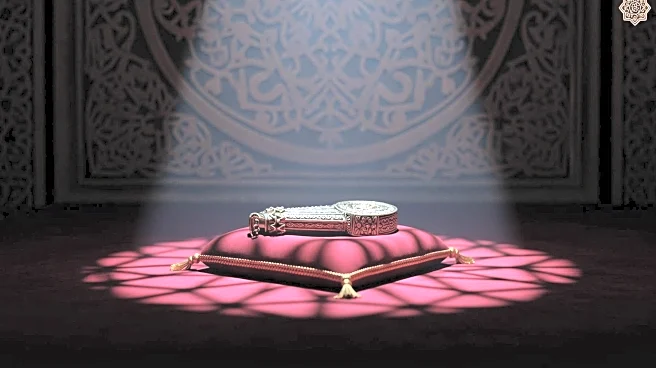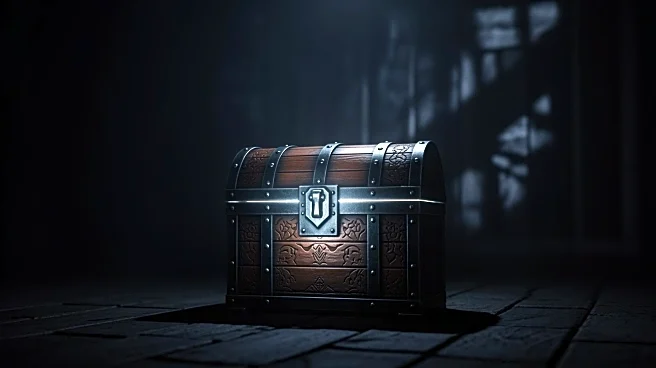What's Happening?
Hollow Knight: Silksong, the anticipated sequel to the popular indie game Hollow Knight, features collectible Key Items known as Relics. These items provide players with lore about the game's setting,
Pharloom, and can be sold for Rosaries, an in-game currency. Relics come in various forms, such as Bone Scrolls, Choral Commandments, Weaver Effigies, and Rune Harps, each offering unique stories about the bugs inhabiting Pharloom. Players can find these Relics in hidden areas throughout the game, but they cannot be read until sold to a merchant named Scrounge in Bellhart. To access this merchant, players must first free Bellhart from a curse by defeating a boss known as the Widow. Once Bellhart is restored, players can sell Relics to Scrounge, who is obsessed with collecting them, and in return, gain access to the lore associated with each item.
Why It's Important?
The introduction of Relics in Hollow Knight: Silksong adds depth to the game's narrative, allowing players to explore the rich lore of Pharloom. This feature enhances the gaming experience by providing a more immersive world and encouraging exploration. The ability to sell Relics for Rosaries also adds a strategic element to the game, as players must decide which items to sell to gain currency for other in-game purchases. This mechanic can influence gameplay decisions and progression, making it a significant addition to the game's design. Furthermore, the lore provided by Relics can enrich the storytelling aspect, appealing to players who enjoy narrative-driven games.
What's Next?
As players continue to explore Hollow Knight: Silksong, they will likely uncover more Relics and delve deeper into the mysteries of Pharloom. The game's developers may introduce additional Relics or expand on existing lore through updates or expansions, further enhancing the game's narrative complexity. Players can anticipate new challenges and opportunities to interact with the game's world, potentially leading to a more dynamic and engaging experience. The community's response to these features could influence future game development decisions, as feedback on the Relics system may guide the creators in refining or expanding this aspect of the game.
Beyond the Headlines
The inclusion of Relics in Hollow Knight: Silksong not only enriches the game's lore but also reflects broader trends in the gaming industry, where narrative depth and world-building are increasingly valued. This approach aligns with the growing demand for games that offer more than just gameplay mechanics, providing players with a compelling story and a sense of discovery. The success of such features could encourage other developers to incorporate similar elements in their games, potentially leading to a shift in how narrative and exploration are integrated into gaming experiences.











